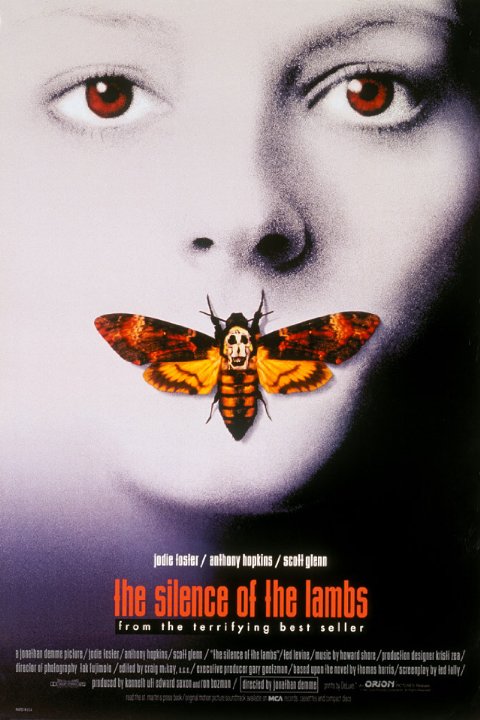Pues fue rodada en 35mm
The Silence of the Lambs (1991) tech specs : shot on Panavision Panaflex Camera and Panavision Lenses - Directed by Jonathan Demme with Cinematography by Tak Fujimoto - The Motion Picture & Television Technical Database

shotonwhat.com
A no ser que forzasen mucho el material porque a Fujimoto le guste usar poca luz, otra explicación no tiene que tenga tanto grano (no recuerdo tendria que revisar)
He encontrado esta info:
The Silence of the Lambs was shot on 35 mm photochemical film using Panavision Panaflex cameras with Panavision spherical lenses, and it was finished photochemically at the 1.85:1 aspect ratio for theatrical exhibition. For its 30th anniversary release on Ultra HD, Kino Lorber Studio Classics has taken advantage of an existing 4K scan of the original camera negative done by MGM (and supervised by Tak Fujimoto—this is
not the Criterion master), now graded for high dynamic range (both HDR10 and Dolby Vision options are included here). Resolution and detailing exhibit a significant improvement compared to the previous MGM Blu-ray release, readily apparent in clothing, brick and stone, foliage, and facial detail. Even the optically-printed transitions and titles reveal good detail—if anything there’s just a bit more grain visible them. That grain is at moderate levels throughout the presentation, but it’s pleasingly organic. This has always been a gritty-looking film by design, and it’s reassuring to see that the grain hasn’t been scrubbed away. The HDR grade enhances the film’s coloring nicely, while preserving its deliberately subdued, cool look. Yet skin tones are natural and accurate, and—within the limited palette—the wider-gamut teases out remarkable subtleties of blue, green, gray, and brown. The shadows are often deeply black and, even when they aren’t—given the occasional use of atmospherics on set—they’re more detailed than ever before. And the highlights are bold without sacrificing detail either, lending the overcast sky a more naturally oppressive appearance. On the whole, this is a very pleasing image.
[Editor’s Update (9/26/21): In terms of comparison to the recent Criterion Blu-ray release, the KLSC Blu-ray is similar in quality overall. Grain and fine image detail are a little more refined on the Criterion disc, but contrast is better on the KLSC disc—blacks are a little deeper. The Criterion disc also has a slightly warm color push (the KLSC Blu-ray palette is more natural looking in my opinion). KLSC’s 4K Ultra HD disc, on the other hand, bests both Blu-rays by a good margin, with still greater image detail, significantly deeper and more detailed blacks, genuinely bold highlights, and more life-like color—it’s less warm yet more nuanced and accurate. The 4K is absolutely my preferred way to view this film going forward.]
Basicamente yo diria que fue una consecuencia al efecto buscado, es decir, ellos buscaban cielos grises (un mundo gris sin saturacion), sombras, vamos pocos colores y poco contraste y precisamente eso acentua el grano a la hora de rodar, cuando ruedas a proposito para incrementar el contraste el grano se nota menos porque tienes zonas de luz y de sombra donde se "esconde" el mismo...en peliculas con predominancia de tonos medios y grises es más complicado escondelo y si usaron emulsion de 500 ASA (no lo he llegado a encontrar pero es muy posible que fuera asi) pues ya tenemos la fiesta del grano montada.









